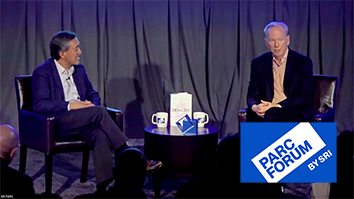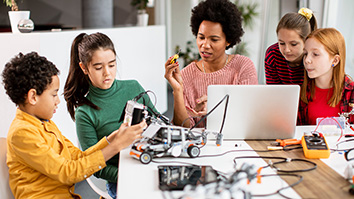Citation
Yang, F., & Bansal, M. (2015, 5-9 January). Feature fusion by similarity regression for logo retrieval. Paper presented at the IEEE Winter Conference on Applications of Computer Vision (WACV’15), Waikoloa Beach, HI.
Abstract
We propose a simple yet effective multi-feature fusion approach based on regression models for logo retrieval. Rather than fusing original features, we focus on similarities between pairs of images from multiple features, where only an annotation of similar/dissimilar pairs of images is needed. For each pair of images, a new vector is constructed by concatenating the similarities between the image pair from multiple features. A regression model is fitted on the new set of vectors with similar/dissimilar annotations as labels. Similarities from multiple features between the query and database images can then be converted to a new similarity score using the learned regression model. Initially retrieved database images are then re-ranked using the similarities predicted by the regression model. Logo class information from the training samples can also be included in the training process by learning an ensemble of regression models for individual logo classes. Extensive experiments on public logo datasets FlickrLogo32 and BelgaLogo demonstrate the effectiveness and superior generalization ability of our approach for fusing various features.


